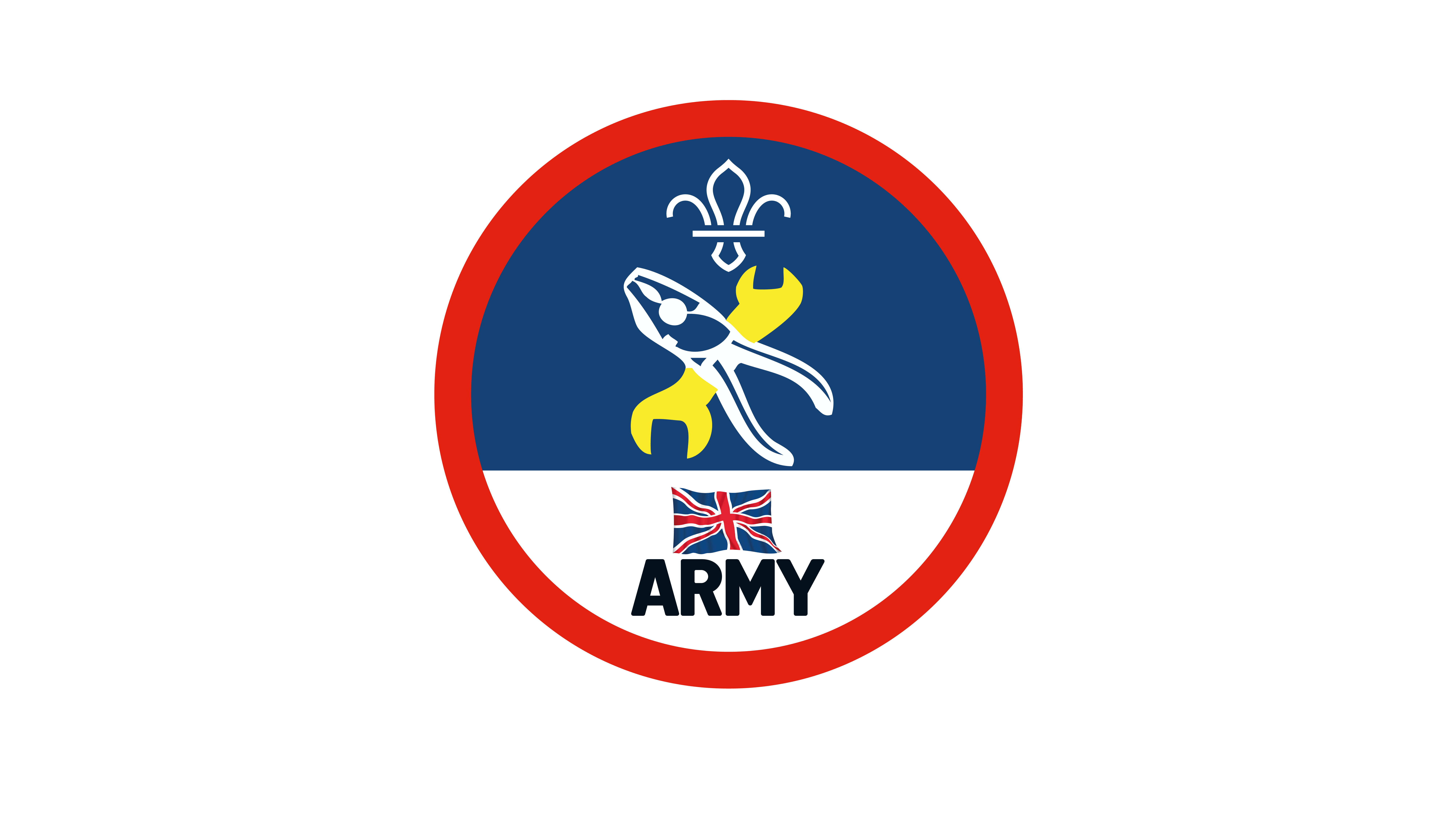
Tyre pressure top up
You’ll need
- Tyre pressure gauge
- Tyre pump
- Access to a car (with the correct manual)
Before you begin
- This activity’s part of a series of short activities in the Scouts Mechanic Activity Badge.
- Decide how you’ll run these activities. You could run a mechanics activity day with a few vehicles, so small groups can try different tasks on different vehicles at the same time. You could also run the activities as short bases during a meeting (while other activities take place).
- Decide who’ll run and supervise this activity. All of the practical activities for the Mechanic Badge should be run and supervised by a qualified mechanic (or someone with enough knowledge gained through experience).
Chat about tyres
The person leading the activity should ask if anyone knows why it’s important to keep tyres at the right pressure. If the pressure’s too low, more of the tyre will touch the road – this can make it wear down faster, and it may get too hot from friction (which may make it tear apart while driving). If the pressure’s too high, there’ll be less tyre touching the road – there’ll be less grip and the tyres could jump around on the road.
To watch in full screen, double click the video
Guidelines
These guidelines are generic guidelines for modern vehicles. Always check the handbook for the vehicle you’re using or get advice from a qualified or experienced mechanic: we don’t want any broken cars on our hands. This activity must always be supervised and guided by someone competent.
- Check the vehicle manufacturer’s guidelines to find the right tyre pressure for the vehicle. You may be able to find the pressure on a sticker inside the driver or passenger door. There are often different ‘right’ pressures depending on how heavily loaded the vehicle usually is.
- Remove the dust cap from the tyre and put it somewhere safe.
- Use a vehicle tyre pump or pressure gauge to check the pressure of the tyre – you’ll probably need to push or screw the gauge onto the valve stem.
- If the tyre pressure’s too low, use the pump to inflate the tyre to the level recommended by the manufacturer.
- If the tyre pressure’s too low, release air until the tyre’s at the right pressure. Many pumps also let you release air, you could also press something gently into the centre of the valve to open it.
- Once the tyre’s at the right pressure, replace the dust cap. Dust caps protect the valves from dust and dirt and are also a second pressure seal.
- Repeat steps two to six for each of the tyres.
Reflection
This activity was all about developing skills. Why’s it useful to be able to get stuck into vehicle maintenance? It helps keep people safe and can save you money too. It’s also better for the environment to look after vehicles so less resources are used to repair avoidable faults (or even replace cars). Was it easy to learn this skill? Is this skill the same for every single vehicle, or would people still need to check the manual?
This activity also gave people the chance to be independent. How did it feel to get stuck into a practical task? What role did the adults have in this activity? They supervised to make sure no one (and no vehicles) got hurt.
Safety
All activities must be safely managed. You must complete a thorough risk assessment and take appropriate steps to reduce risk. Use the safety checklist to help you plan and risk assess your activity. Always get approval for the activity, and have suitable supervision and an InTouch process.
- Chemicals
This task involves the use of potentially harmful fluids or chemicals. Make sure you follow all relevant safety guidance. Make sure you dispose of them appropriately too, in line with safety guidance.
- Manufacturer’s guidelines
All vehicles will be different so always follow the manufacturer’s guidelines.
- Outdoor activities
You must have permission to use the location. Always check the weather forecast, and inform parents and carers of any change in venue.
- PPE
Before completing this activity make sure you have suitable personal protective equipment (PPE). This could include eye or ear protection, gloves, and anything else you need to protect yourself. You’ll know what you need as a result of completing the risk assessment for the activity.
- Vehicle readiness
Before completing this activity, make sure that the engine’s fully cooled. The vehicle should be parked on flat, stable ground with the parking brake applied.
While this activity must always be supervised and guided by someone competent, they can vary the level of hands-on help they provide. People with more knowledge and experience should do more for themselves (with supervision); people with less knowledge and experience may need more hands-on help.
The person supervising and guiding the activity can help out with parts anyone finds tricky including reading instructions, lifting or moving heavy objects, or doing the smaller or more fiddly tasks.
All Scout activities should be inclusive and accessible.
This activity’s just one area of vehicle maintenance and repair. Encourage anyone who’s interested to complete the other activities in the Scouts Mechanic Activity Badge.
Involve young people in the decision about how to do the Scouts Mechanic Activity Badge (if they want to do it at all) – would they rather do the activities separately over different meetings or as part of an activity day? Just because this activity needs supervision (and you can’t alter the content or safety guidance), doesn’t mean young people can’t have a say.
